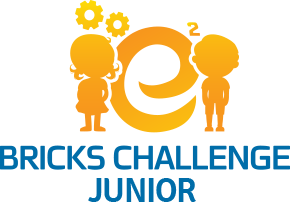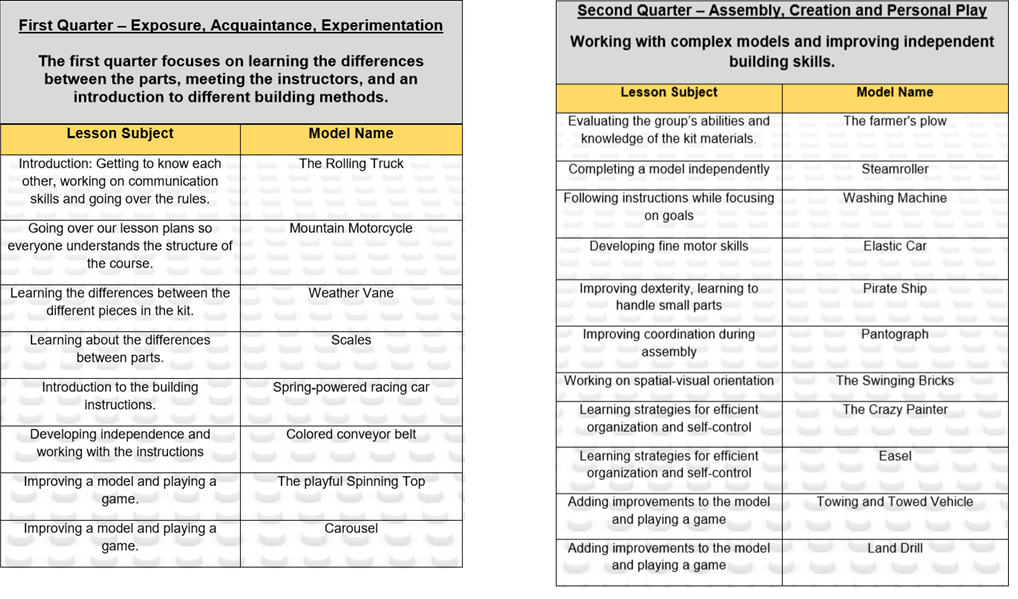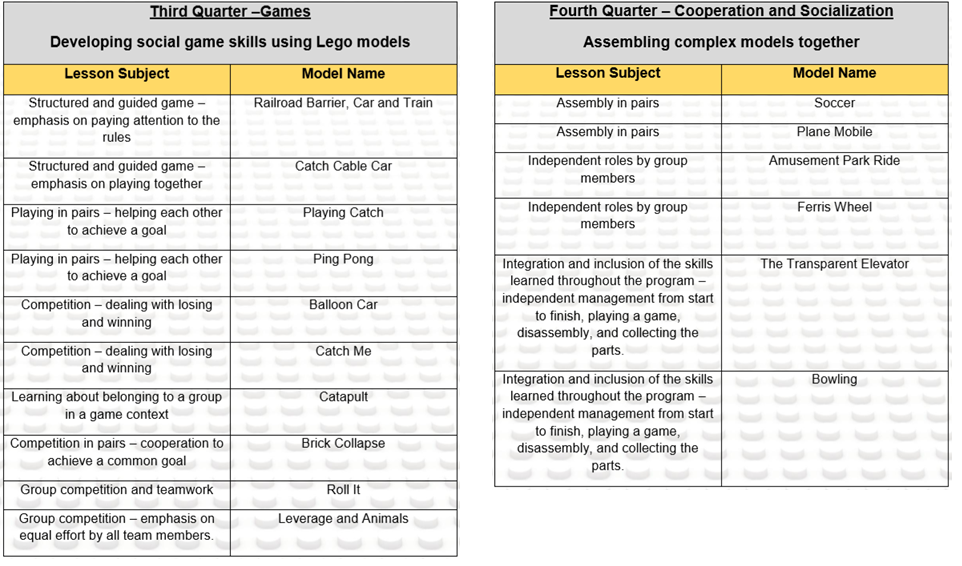
Children start playing with Lego when they are 3 years old. Through Lego, they develop fine motor skills and the ability to work progressively in stages, they acquire planning skills and enjoy an imaginative and social game. Lego serves as tool that evokes motivation and a desire to develop such skills.
Suitable for Ages: 3 – 5 (Pre- Schoolers)
Average lesson duration: 60 minutes

Young Engineers Junior Bricks Challenge Enrichment Program

Program Objectives
The program will expose the children to the concept of creative leisure, placing an emphasis on planning and execution skills, flexibility and social interaction with their peers. The children will learn how to independently build models in stages and increasing levels of difficulty. They will get to know the models’ functional uses and expand their usage with appropriate building additions. In addition, the children will play with their group mates and the game will combine social rules, such as playing in turn, cooperating in a group toward achieving a joint product, structured game with instructions and rules, imaginary and free play.
Junior Bricks Challenge Values
- Improving fine motor skills
- Exposure to new materials
- Understanding instructions
- Acquiring strategies for organizing toward an objective
- Increasing knowledge for everyday life
- Understanding processes
- Developing the ability to work together with peers
- Developing social interaction skills through the model
Program Structure
- Explanation.
- Model building.
- Investigation and individual play with the model.
- Enhancements.
Level A – Visual enhancement based on the child’s imagination.
Level B – Enhancement of the model surroundings and/or functionality, based on the child’s inventive capabilities.
Level C – Functional and/or visual enhancement based on instructor guidelines.
5. Joint game with the group members.
Building and Investigating Exciting Theme Models


